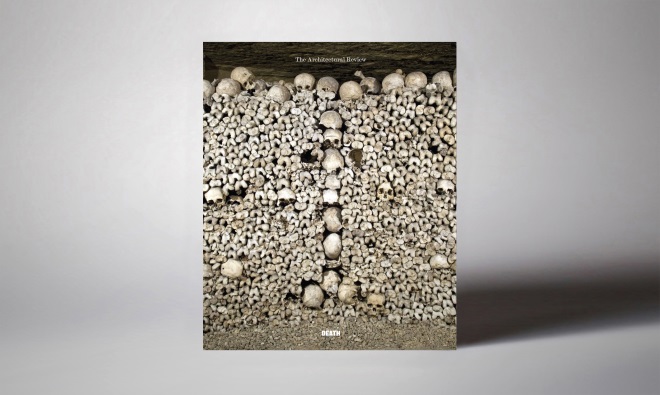Death | Paul Lukez | Juan Carlos Salas | Fieldoffice | Typology: Crematorium | Boullée | Health | Karlsson/Vilhelm Lauritzen | Foster + Partners | RUF | Aalto
With a burgeoning aging population, death infrastructure needs a rethink. Morgues, funeral homes, crematoria and mausoleums aren’t only built for the dead, they are also for those who are mourning – somewhere to say our farewells when death us do part.
In the November issue of the Architectural Review we survey how environmental, economic and cultural factors have shaped burial practices throughout the ages and we speculate on the future of infrastructure for the dead. We visited cemeteries in Japan and in Taiwan, a morgue in Spain, a memorial house in Honduras and a ghostly reimagining of Adolf Loos’s unbuilt tomb for Max Dvorák in Highgate to discuss architecture’s role in dealing with and representing loss. In Typology we look at the history of the crematorium and in Reputations we assess the impact of Boullée’s imaginary designs.
To what extent can buildings help us heal? Aalto’s revolutionary Paimio tuberculosis sanatorium and the three finalists of the AR Healthcare awards – Rural Urban Framework’s Angdong Hospital in Baoxing County, rural China, Foster’s Maggie’s Centre for cancer care in Manchester, and Karlsson and VLA’s New Psychiatric Hospital in Slagelse – prove us how architects’ attention to detail can create buildings that significantly enhance patients’ wellbeing.
As always, this edition is created using sheet-fed litho printing with vegetable-based inks on FSC-certified paper with hand-inserted tip-ins, including two limited-edition postcards.
Click here to order a copy of this issue
If you are a subscriber, sign in to read the digital edition
 The Architectural Review An online and print magazine about international design. Since 1896.
The Architectural Review An online and print magazine about international design. Since 1896.


